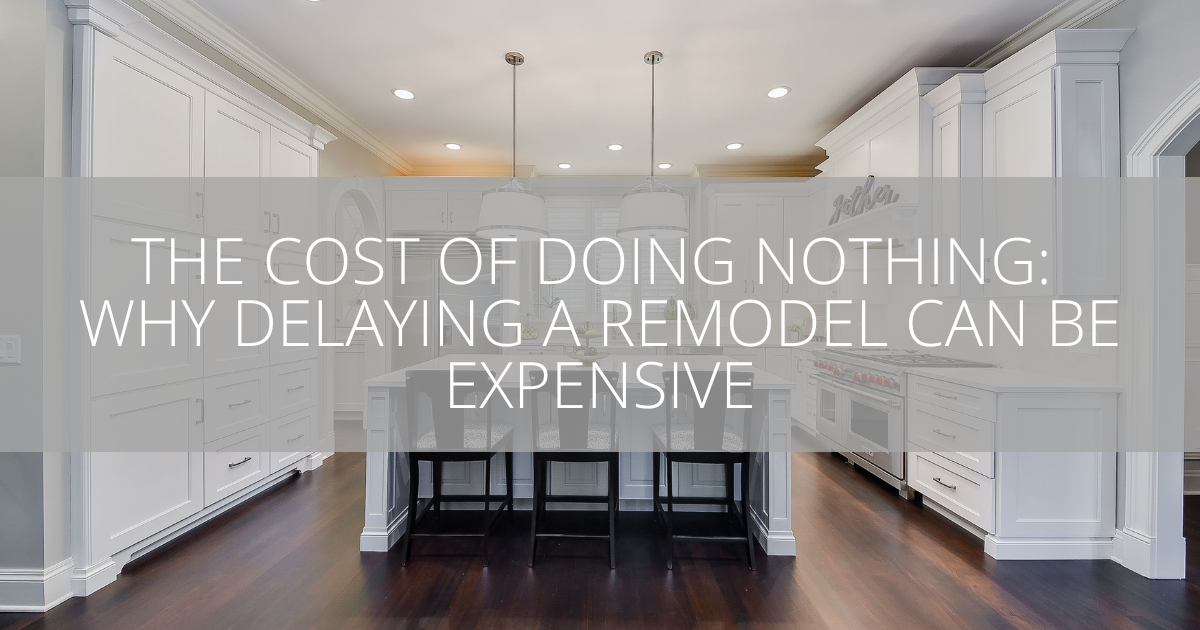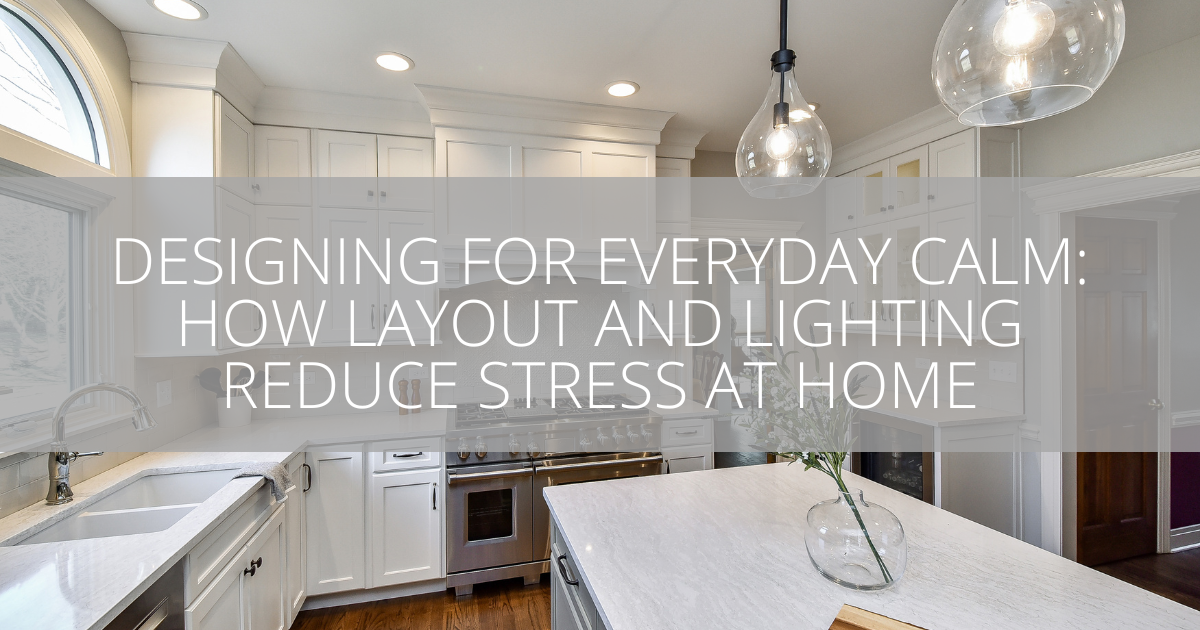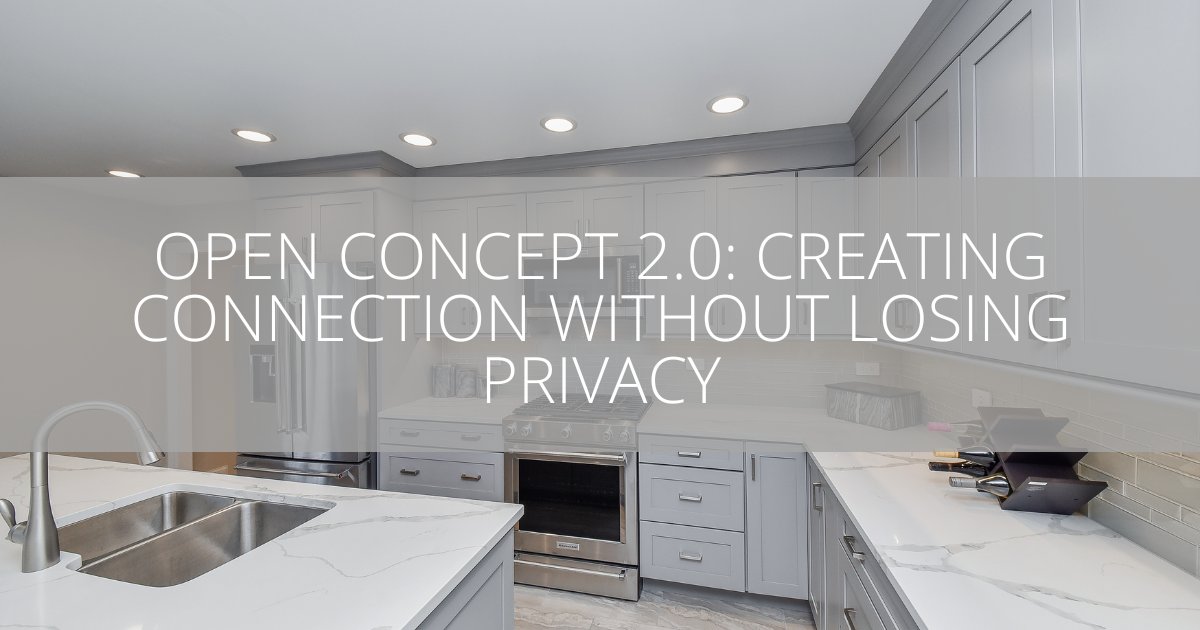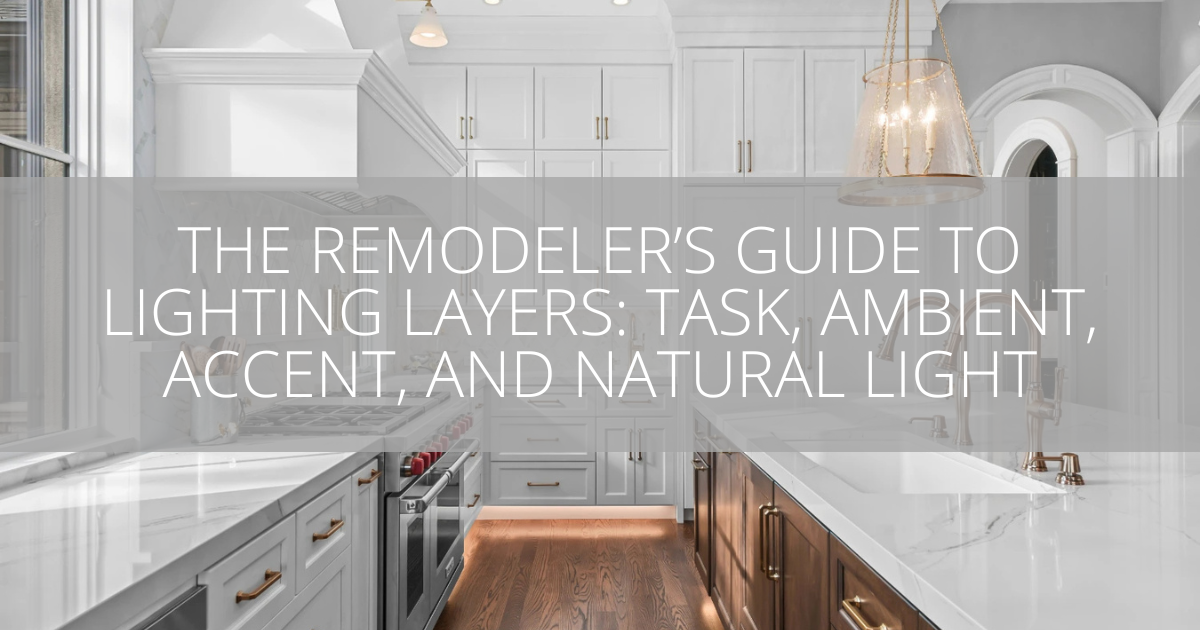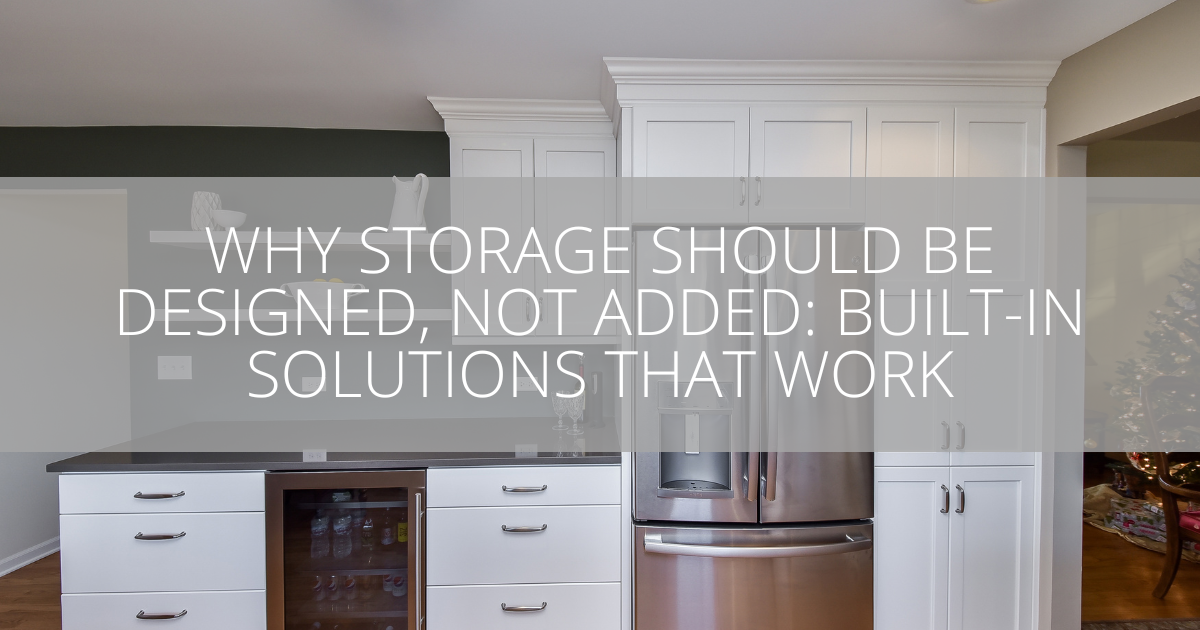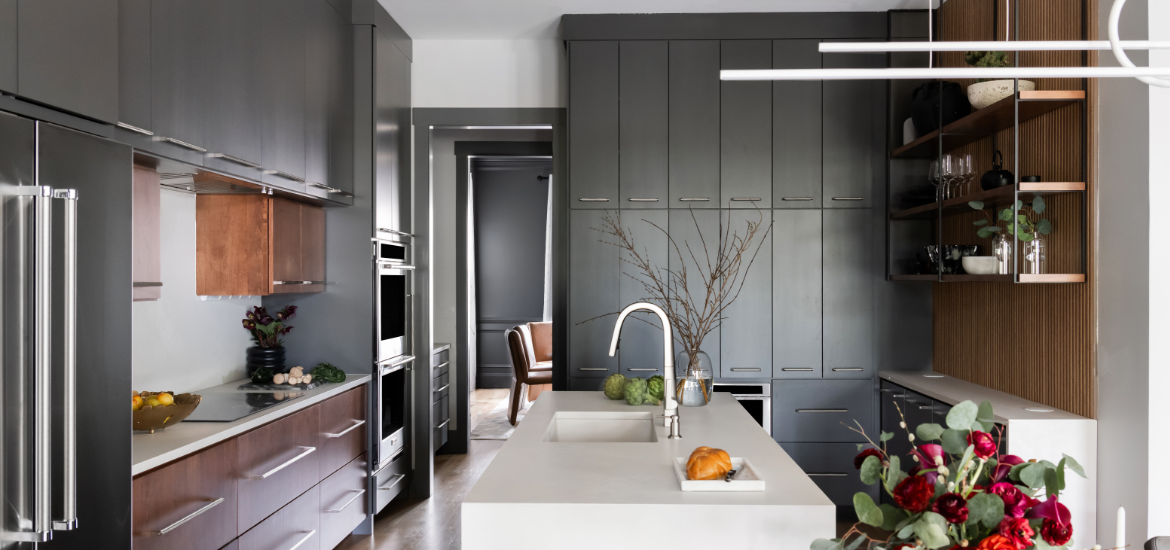
When you’re planning a kitchen remodel, one of the biggest decisions you’ll make is choosing a design style. And while there are plenty of options out there—transitional, farmhouse, rustic, industrial—most kitchens still lean toward one of two main categories: modern or traditional.
Each style has its own personality. One feels sleek and contemporary; the other, warm and timeless. So how do you know which one fits your lifestyle, taste, and home?
Let’s break it down.
What Makes a Kitchen Modern?
Modern kitchens are all about simplicity, efficiency, and clean design. You won’t find frilly finishes or ornate details here. Instead, think flat surfaces, minimal color palettes, and high-functioning layouts. The modern kitchen isn’t just a place to cook—it’s often the centerpiece of an open-concept living space.
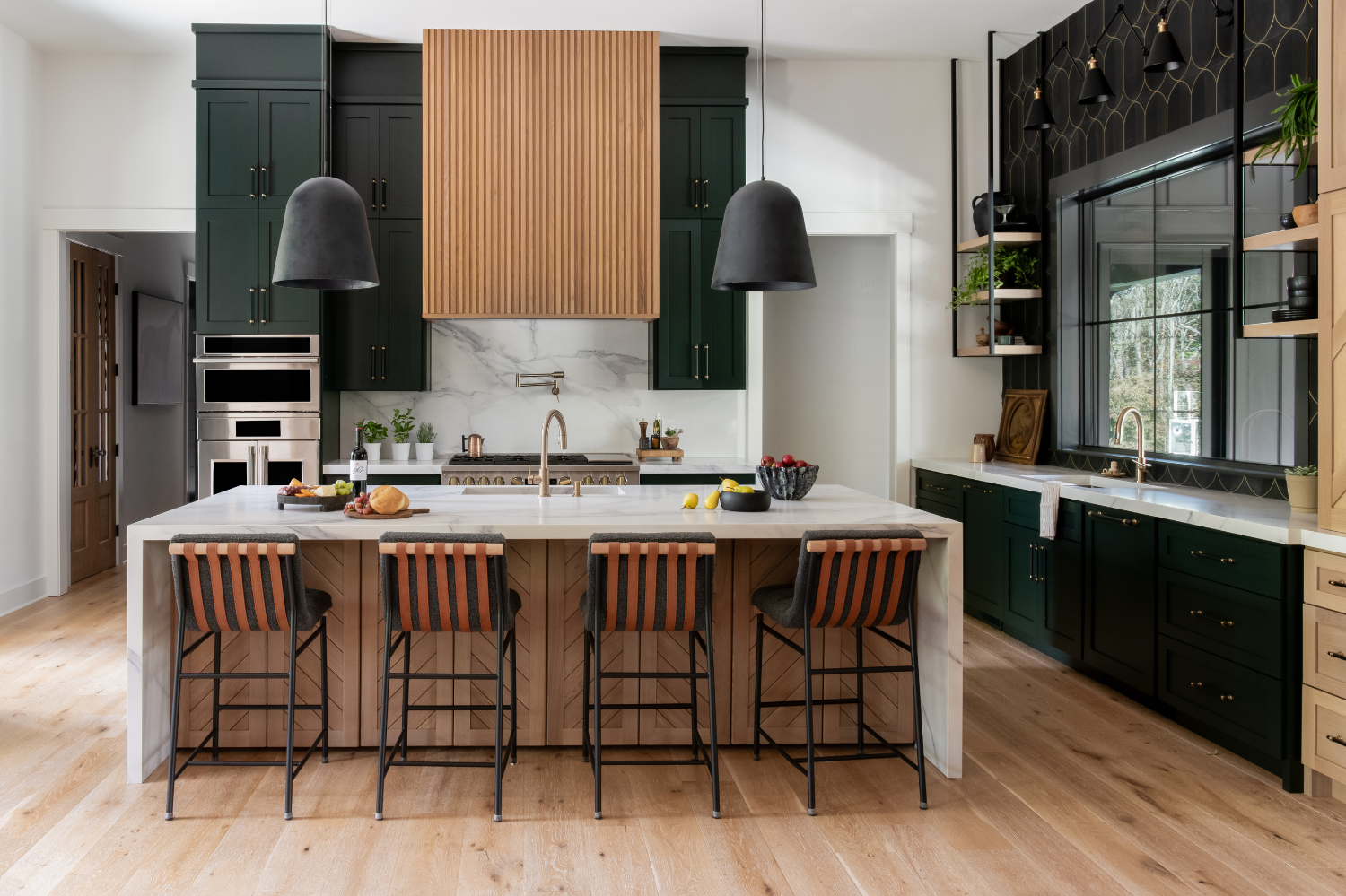
1. Minimalist Cabinetry
Modern kitchens usually feature flat-panel or slab cabinets with little to no hardware. The goal is to keep the lines clean and the visual clutter down. You might see push-to-open cabinets, recessed handles, or integrated pulls.
2. Neutral Palettes with Bold Accents
White, gray, and black are common base colors, but don’t be surprised to see bold accents—matte navy cabinets, lime green stools, or a pop of brass in the fixtures. These contrasts create visual interest without overwhelming the space.
3. Tech Integration
Modern kitchens are often “smart.” Appliances may be Wi-Fi enabled. Lighting can be controlled from your phone. Faucets might turn on with a wave. If you like gadgets and efficiency, this is where the modern kitchen shines.
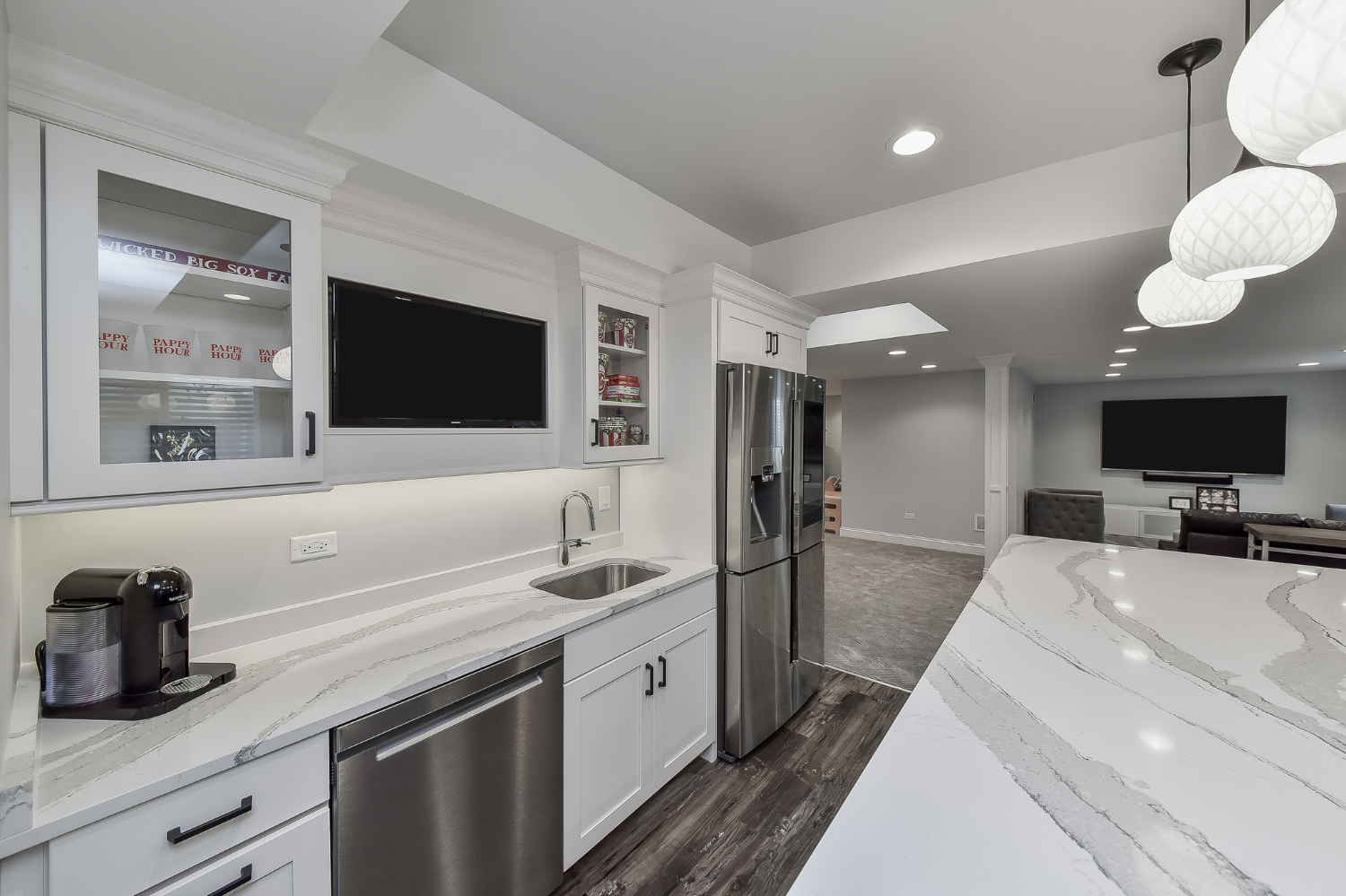
4. Open Concept Design
This style favors open layouts that flow into the dining or living areas. Islands are typically central, doubling as prep space, serving zones, and casual dining areas.
5. Sleek Materials
Expect engineered quartz countertops, stainless steel appliances, glass backsplashes, and even high-gloss lacquer or concrete finishes. It’s all about durability, functionality, and visual punch.
What Makes a Kitchen Traditional?
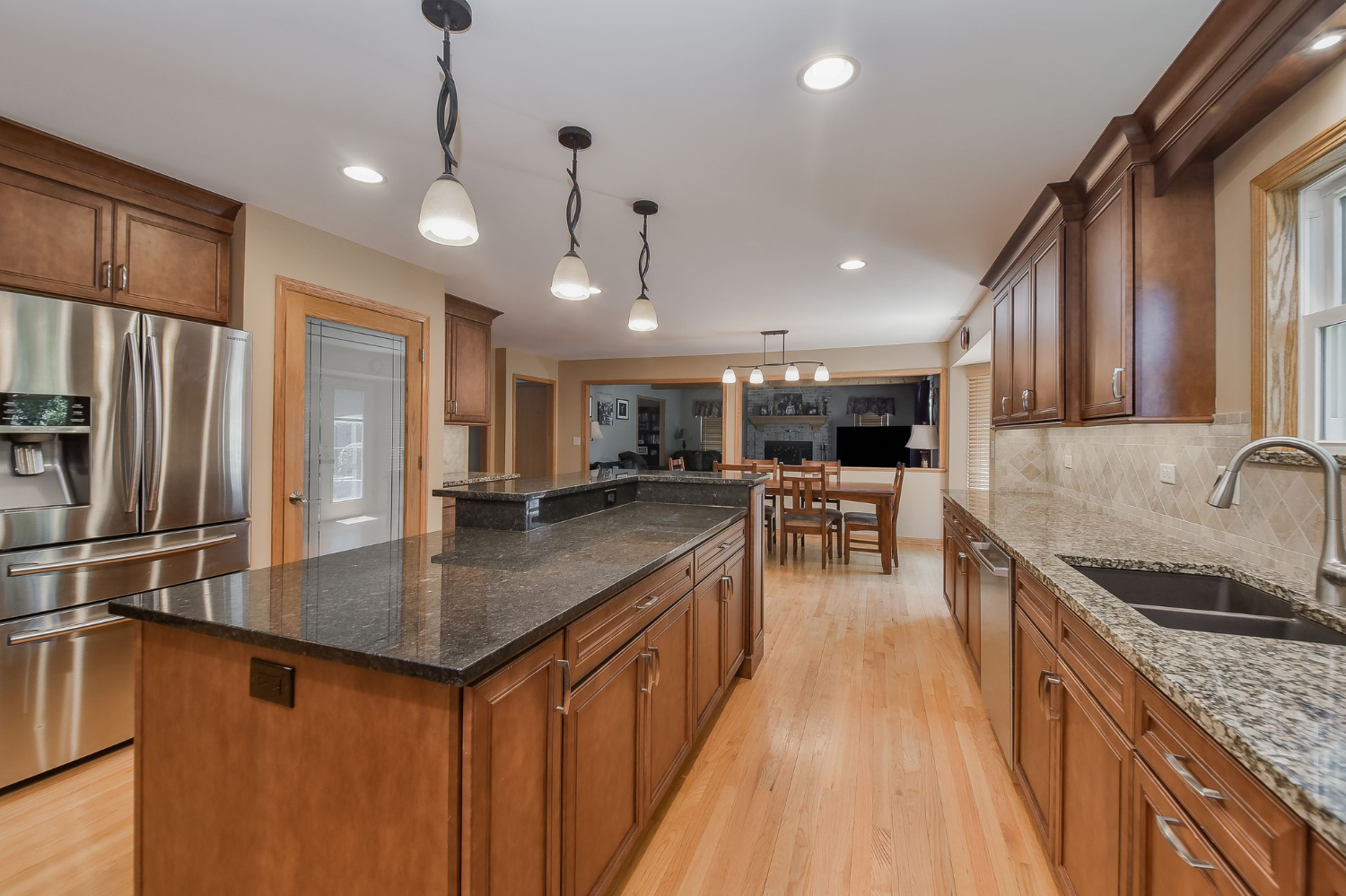
Traditional kitchens lean into classic design details, comfort, and warmth. They’re the kind of kitchens that feel like home—inviting, textured, and full of character. There’s often a sense of craftsmanship and history that feels timeless rather than trendy.
1. Detailed Cabinetry
Traditional cabinets often feature raised panels, beadboard, decorative moldings, and crown details. The hardware—think oil-rubbed bronze or antique brass—adds even more personality.
2. Rich, Warm Materials
Wood plays a big role here, especially stained finishes like cherry, oak, or walnut. Natural stone counters (like granite or marble) and handmade tile backsplashes complete the look.
3. Soft, Earthy Color Palettes
Creams, warm grays, soft greens, and muted blues are staples. You won’t find stark whites or edgy black-on-black combinations as often in a traditional setting.
4. Defined Spaces
Traditional kitchens are more likely to have walls or half-walls separating them from other areas of the house. This makes the kitchen feel like its own distinct room—a place for cooking, hosting, and gathering.
5. Classic Fixtures and Lighting
Expect vintage-style pendants, detailed chandeliers, and classic faucet designs. These touches reinforce the cozy, timeless vibe of the space.
Pros and Cons: A Quick Comparison
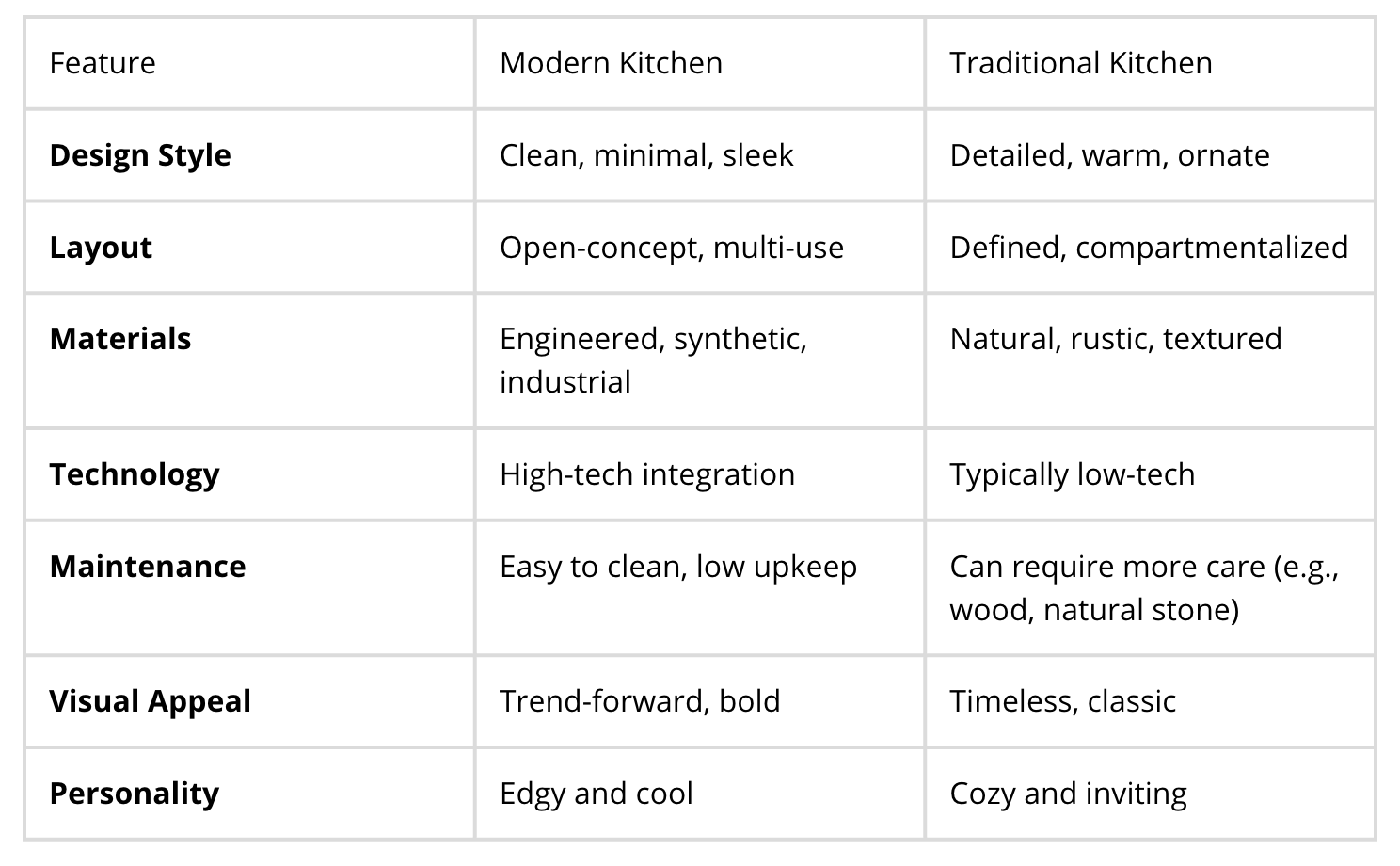
Can You Mix Modern and Traditional?
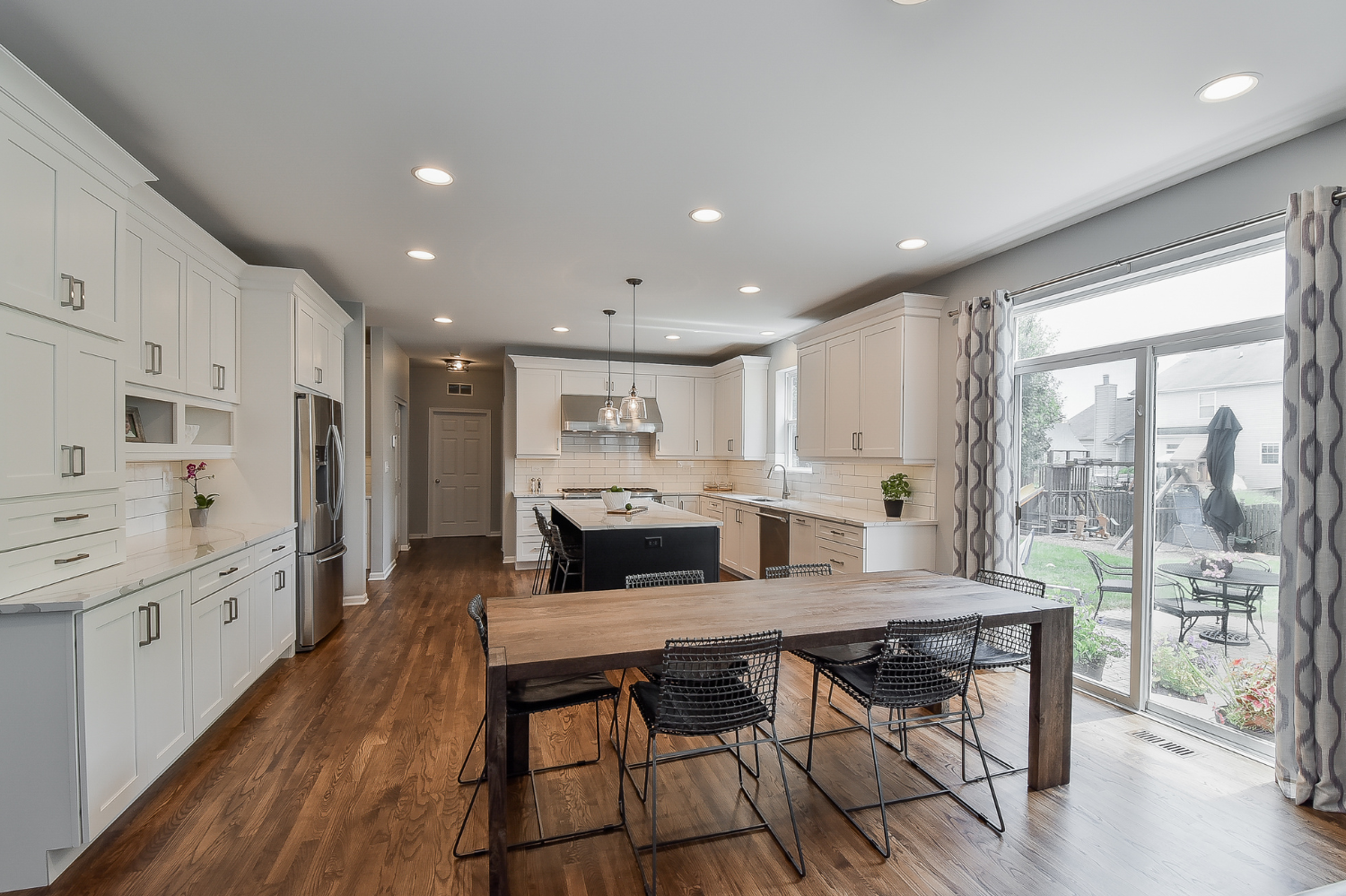
Absolutely. In fact, this is becoming more popular than ever.
It’s called transitional design, and it blends the best of both worlds. Picture this: Shaker-style cabinets (a traditional element) painted matte black or navy blue (a modern twist), paired with quartz countertops and brushed gold fixtures. Or a sleek island with a butcher block top next to a rustic stone backsplash.
This style is perfect for homeowners who don’t want to commit too hard in one direction. You can have the warmth and familiarity of traditional design without giving up the efficiency and freshness of modern elements.
How to Decide What’s Right for You
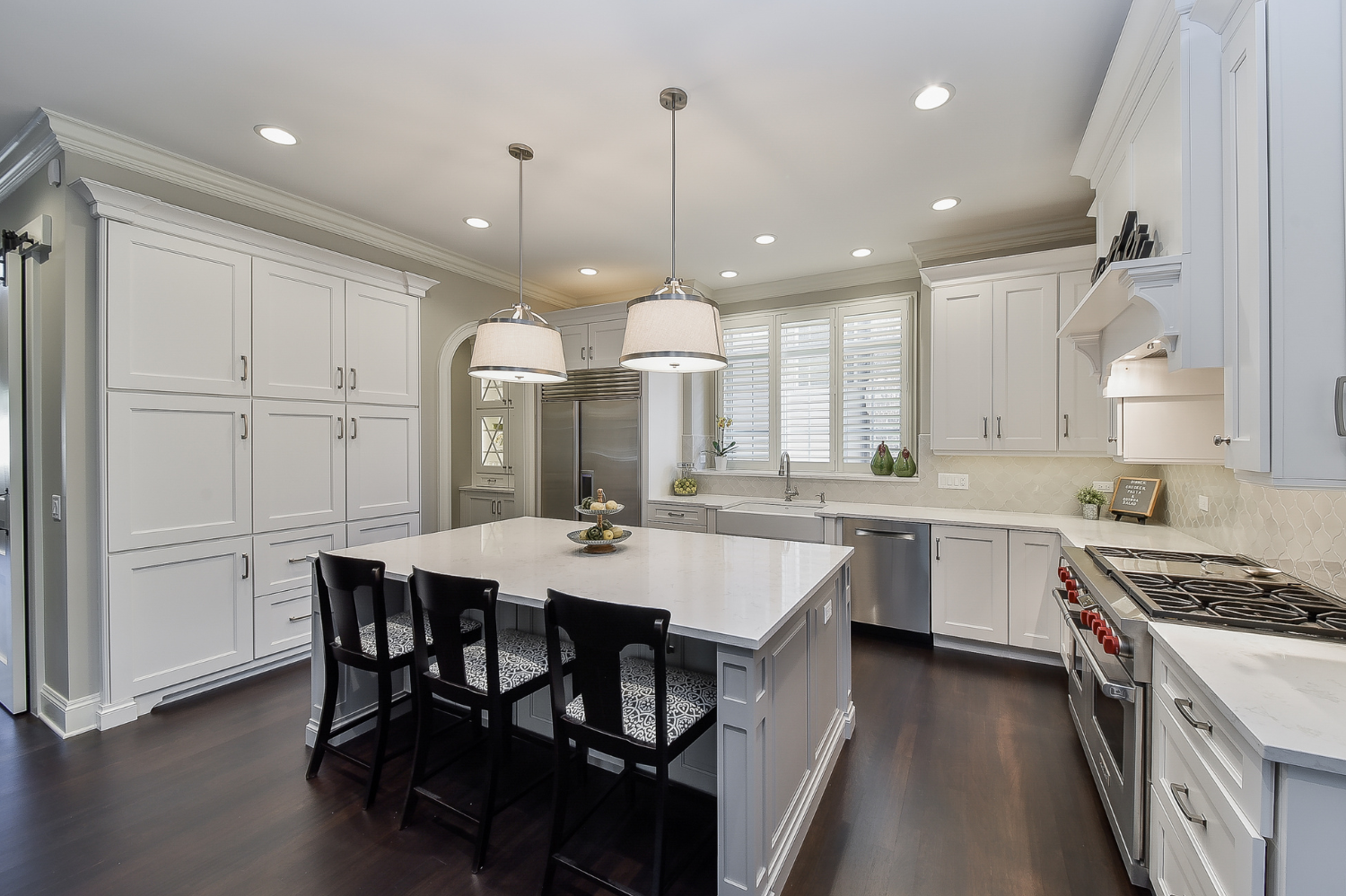
Choosing between modern and traditional isn’t just about taste—it’s about lifestyle, architecture, and functionality. Here are a few questions to guide your decision:
1. What’s the style of your home?
- Modern kitchens tend to work best in newer builds, lofts, or homes with open floor plans.
- Traditional kitchens feel more at home in older houses or spaces with historic or architectural character.
2. How do you use your kitchen?
- If it’s mostly for quick meals, social hangouts, or entertaining friends, a modern layout might serve you better.
- If your kitchen is the hub for big family meals, slow cooking, and long chats over tea, a traditional layout may feel more natural.
3. What’s your maintenance comfort level?
- Modern kitchens often use easy-care materials like laminate, quartz, or stainless steel.
- Traditional kitchens feature natural wood and stone, which may require sealing or special cleaning.
4. What inspires you visually?
- Scroll through Pinterest or Houzz and save images that speak to you. After 10–15 pins, patterns will start to emerge. Are you drawn to sleek cabinetry and bold contrast? Or do you favor soft tones and rich textures?
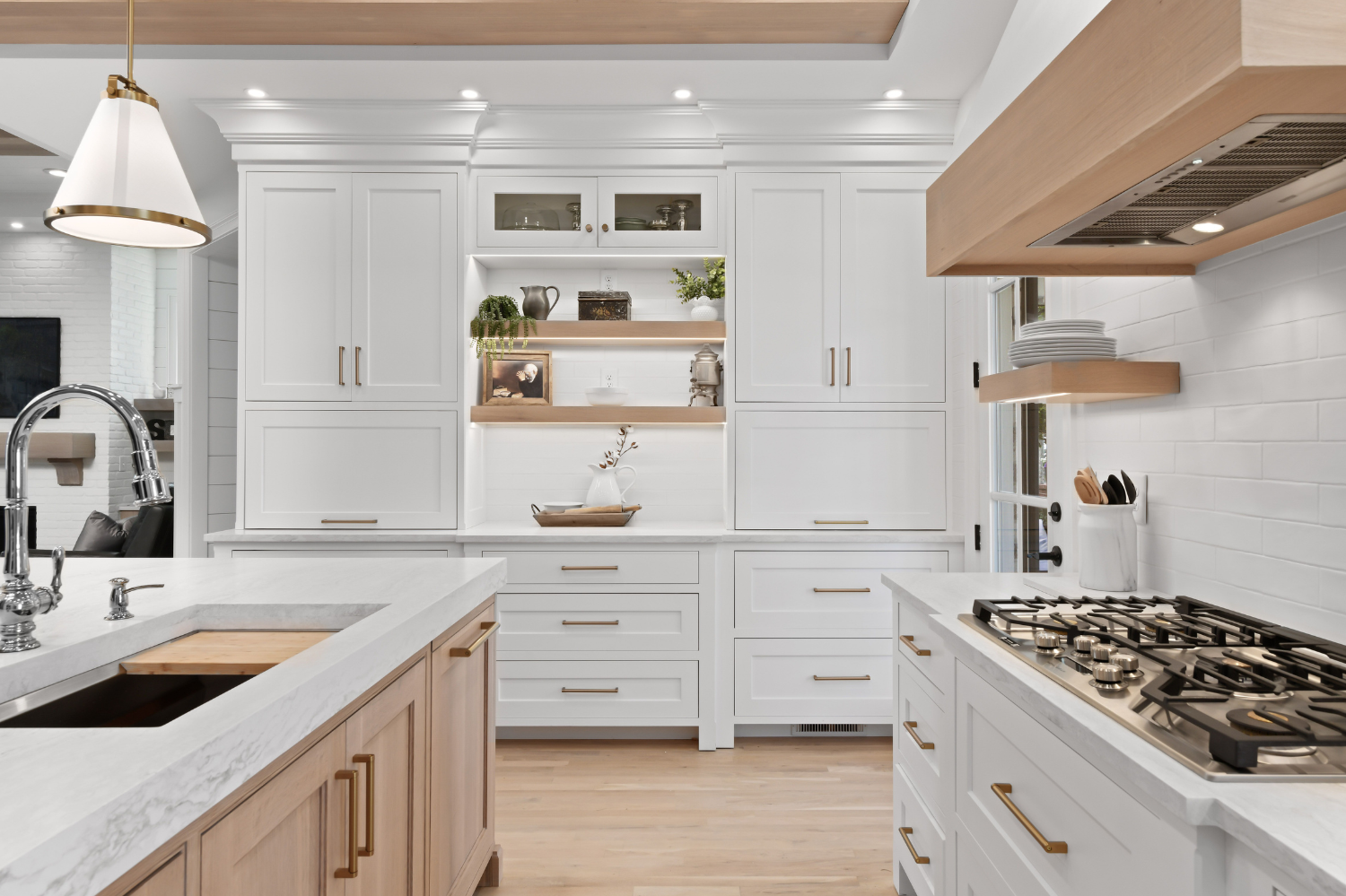
Let’s Build Your Dream Kitchen—Together
Whether you’re sold on sleek modern design, enchanted by timeless traditional charm, or somewhere in the middle, one thing’s for sure: your kitchen should reflect you.
At Sebring Design Build, we don’t do cookie-cutter. We collaborate with homeowners to create thoughtful, beautiful kitchens that work for real life. From the first sketch to the final installation, we’re with you every step of the way.
Ready to get started?
Contact us today for a consultation, and let’s talk about how we can bring your perfect kitchen to life.

